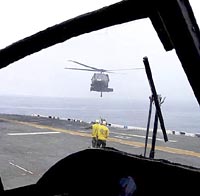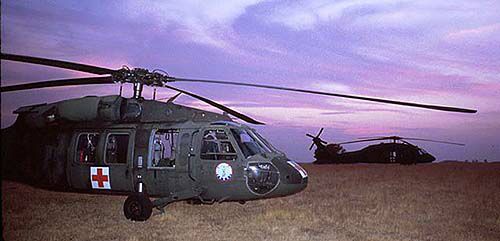174th Assault
Helicopter Company
DOLPHINS & SHARKS
David RosenthalWO1 -
CW2 |
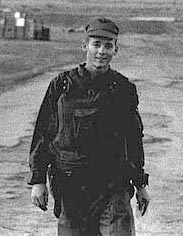 |
1970
Page 3 of 3
Throughout the 80s, between my work in radio and articles and photos regularly published in national magazines on various subjects, I decided to take a shot at network TV news. In 1989, I did my first piece as a Science Correspondent for CNN (see Science and Technology Week on Saturday and Sunday mornings) and continued doing that until 1994--all this on a part-time basis while still flying for the California Guard and working at China Lake.Speaking of the Guard, I wangled a Chinook transition in 1987 and flew those aircraft for a couple of years. Then I got my Blackhawk transition in 1993 and have flown them ever since. I've had three short tours in Panama, flying both the Huey and the Blackhawk; Panama is the most Vietnam-like place I've yet experienced.
In the Guard, I became our unit's ASE/Electronics Warfare Officer, Threat Officer, and an Aviation Safety Officer. I'm also quite involved in radio-related activities, holding an Extra Class Amateur Radio license (N6TST) and have done lots of work in the area of Solar Terrestrial Physics (the ever-changing near-earth outer space environment as it's impacted by solar activity). I'm supposed to be some kind of "expert" in HF (short wave) radio propagation and have written lots in that area (e.g., if you ask NOAA's Space Environment Laboratory for their book on how to use their regular bulletins about what's going on between the earth and sun, you'll find the one they send you was written by me). A few years ago, I joined the local chapter of Rotary International, a worldwide humanitarian service organization. Since then, I've become our club's International Director, working on setting up humanitarian projects in different parts of the world.
We even got some Naval carrier time and that story is available by clicking here. Before I finally retired after a total of more than 33 years in the cockpit, I ran the website for our UH-60 MEDEVAC unit, updating it monthly (see the current page at: www.calguard.ca.gov/126th) and also created a "126th Med Co Story and History Page" that spans the nearly 30 years the unit has been in existence. I still maintain that one. It also includes the web pages I produced while we were in Bosnia. I returned to China Lake as an engineer at our Weapons Survivability Lab, a live-fire destructive testing operation, doing hands-on instrumentation (the most fun for me) on aircraft and components people bring to us to blow up or creatively destroy in one way or another. Recently, I've joined a team of Radio Frequency (RF) engineers developing new applications for that technology. I've spent most of of my career here either in research, development, or as a Flight Test Engineer with Navy aircraft. I'm still quite active as a commercial writer and photographer, creating magazine articles and other material for publication--and totally enjoying it. I plan to continue that. Looking back, my experience in Vietnam was one of the most formative, fundamental events of my existence; through watching the foolish waste of life, it taught me how precious it is.
Back to Page 2. |
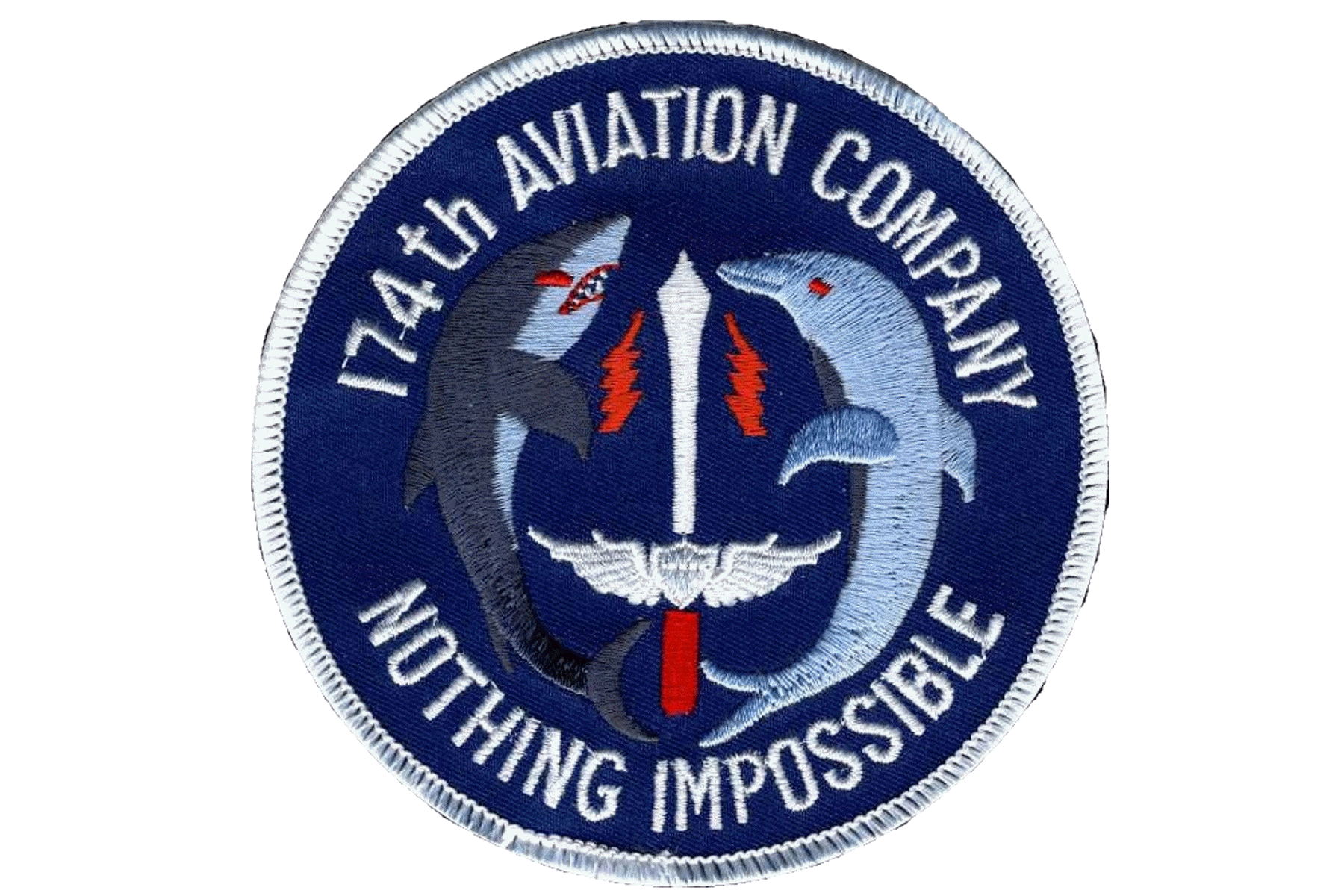
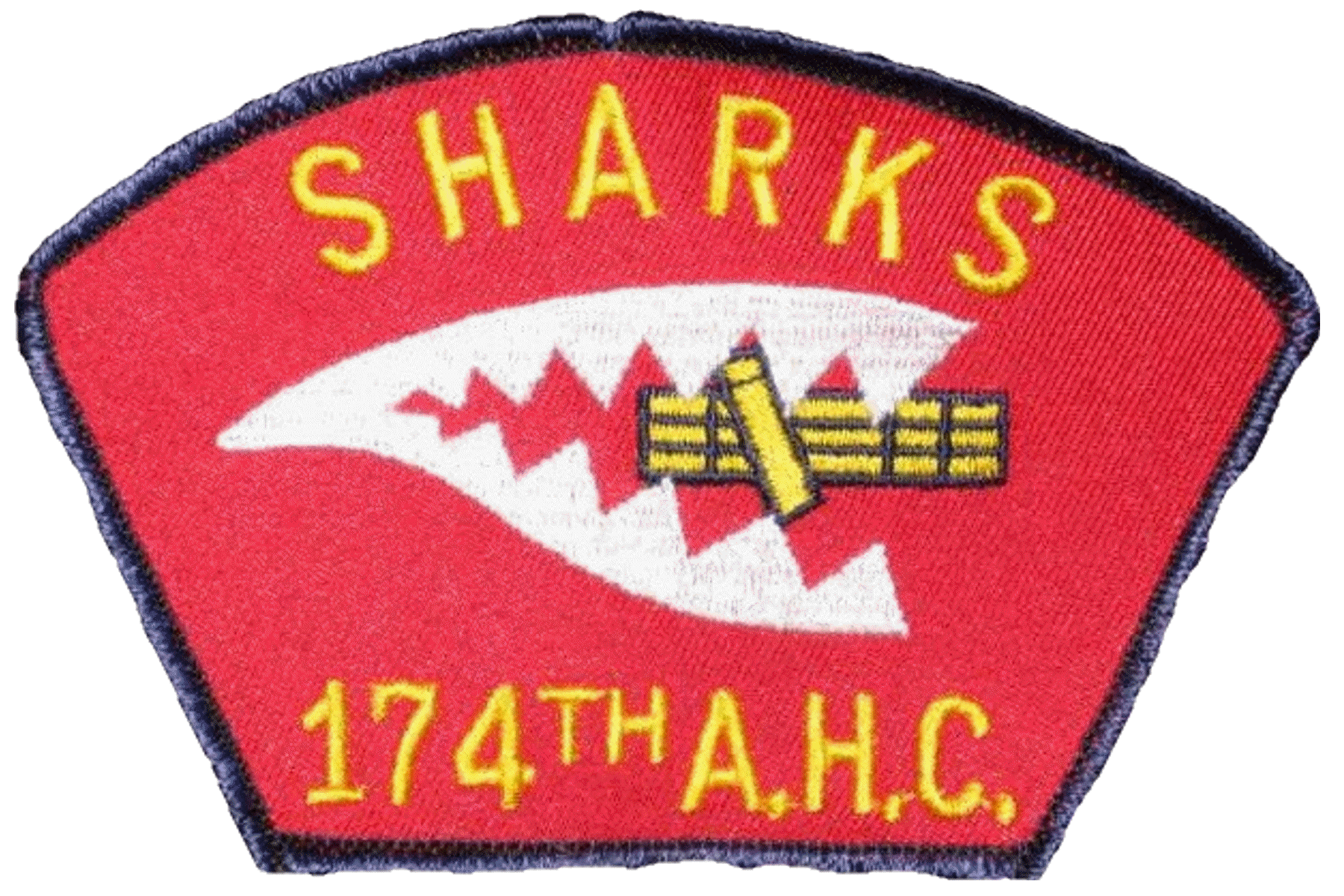
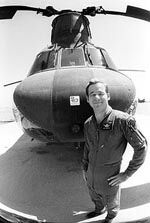
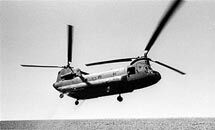
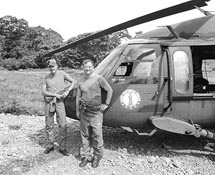
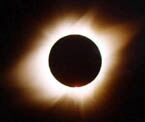
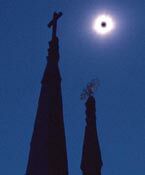
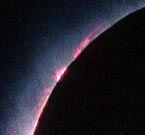
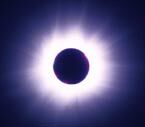
 In 1997, it began becoming apparent that, judging from the noises
coming from The Administration, certain promises about our Bosnia
involvement ending by December of that year might be made, uh,
"inoperative…" In August of 1998, our MEDEVAC unit arrived in Bosnia, the
first National Guard aviation unit to be used that way.
In 1997, it began becoming apparent that, judging from the noises
coming from The Administration, certain promises about our Bosnia
involvement ending by December of that year might be made, uh,
"inoperative…" In August of 1998, our MEDEVAC unit arrived in Bosnia, the
first National Guard aviation unit to be used that way.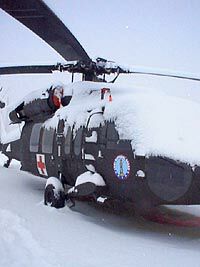
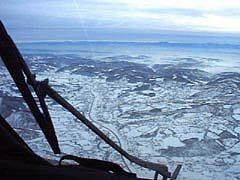 After a delightful Indian summer, the fog and freeze set in and we spent most of our time discovering that Bosnia is much like Vietnam in that it's essentially become a career engine, with the vast majority of mission priorities shifted to administrative and management ones.
After a delightful Indian summer, the fog and freeze set in and we spent most of our time discovering that Bosnia is much like Vietnam in that it's essentially become a career engine, with the vast majority of mission priorities shifted to administrative and management ones.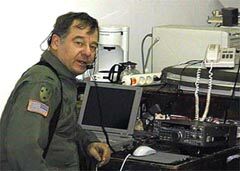 We returned
from Bosnia in April of 1999 and I returned to normal life. I wrote an article on what it's like to operate a ham radio station from our base there and it was published in QST magazine their March 2000 issue (click
We returned
from Bosnia in April of 1999 and I returned to normal life. I wrote an article on what it's like to operate a ham radio station from our base there and it was published in QST magazine their March 2000 issue (click 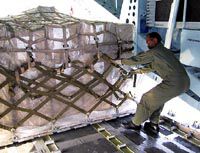 Meanwhile
through Rotary International, I set up a project to send a ton of children's clothing to Bosnia and the shipment of 2,400 pounds was received by the Rotary Club of Sarajevo on 16 January 2001. You can see a report on that project by clicking
Meanwhile
through Rotary International, I set up a project to send a ton of children's clothing to Bosnia and the shipment of 2,400 pounds was received by the Rotary Club of Sarajevo on 16 January 2001. You can see a report on that project by clicking 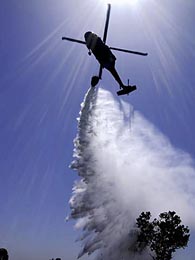 For the next few years, I continued serving with our unit as we resumed our State mission of
For the next few years, I continued serving with our unit as we resumed our State mission of 